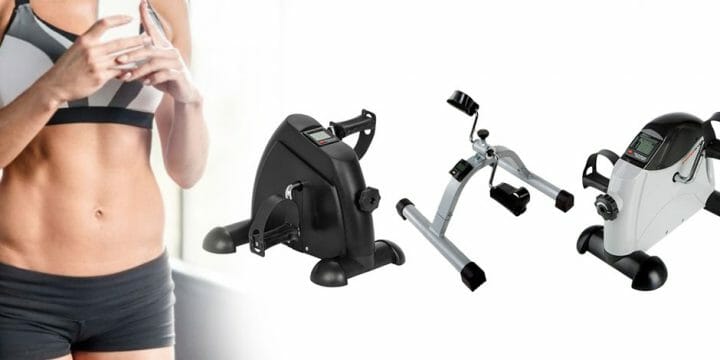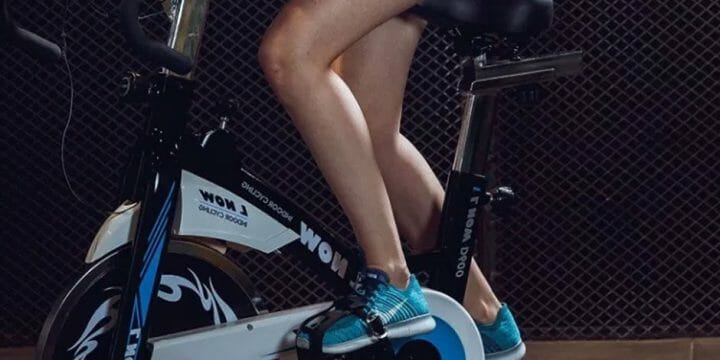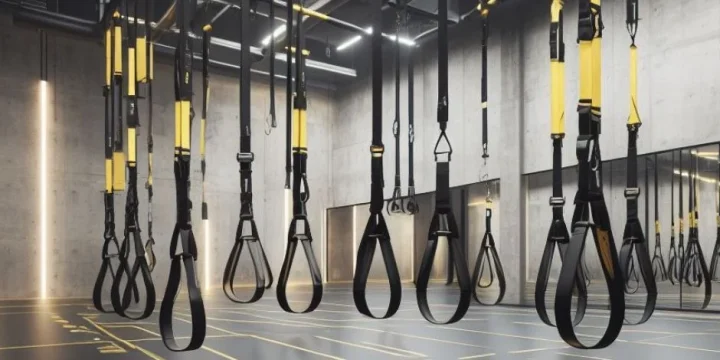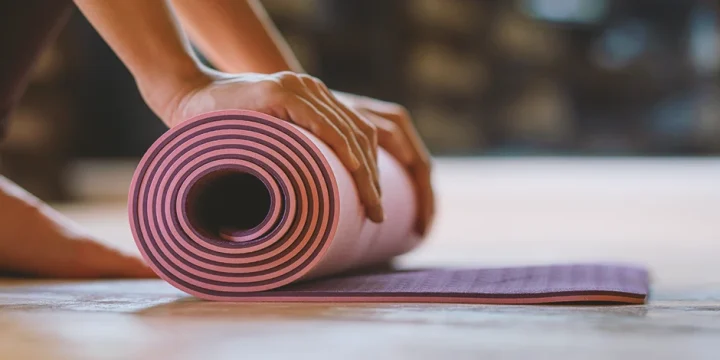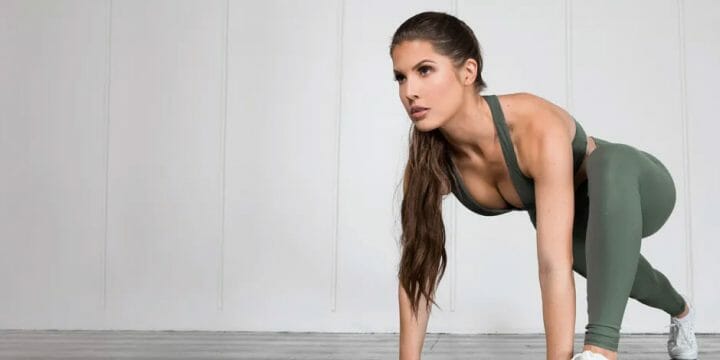Many athletes will focus on stretching out their limbs and chest muscles to warm up and reduce some aches and pains.
In my coaching experience, I've found that options for alleviating back and shoulder pain are often limited. While the child’s pose is a common yoga stretch, it sometimes falls short.
That's where the thread-the-needle pose comes in, a superior alternative I frequently recommend and teach for its effectiveness.
Keep reading to learn about this movement.
Quick Summary
- To effectively stretch and strengthen the mid-back, shoulders, and thoracic spine, incorporate the thread-the-needle yoga pose into your routine.
- The thread-the-needle pose uniquely combines stretching and twisting, targeting hard-to-reach areas between the shoulder blades, often missed by other exercises.
- According to the Applied Ergonomics journal, frequent smartphone and computer use impacts specific areas like the shoulders and spine, which the thread-the-needle pose can effectively alleviate.
- In my professional experience, the thread-the-needle pose is beneficial for both athletes and office workers seeking relief from prolonged sitting, and its effectiveness is further enhanced when combined with pre-workout supplements for improved overall workout performance.
What Is The Thread The Needle Exercise?
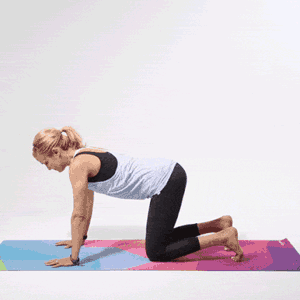
The thread-the-needle pose is a yoga exercise that comes in two different forms.
In its simplest form, the goal is to stretch the muscles from the mid-back to the shoulder blades, which has a great impact on the thoracic spine [1].
A more advanced version combines the plank, and it can also help to strengthen back and core muscles.
However, you’ll need to have a good balance to take full advantage of a great stretch without constantly toppling over.
More on this shortly.
What Muscles Does The Thread The Needle Pose Target?
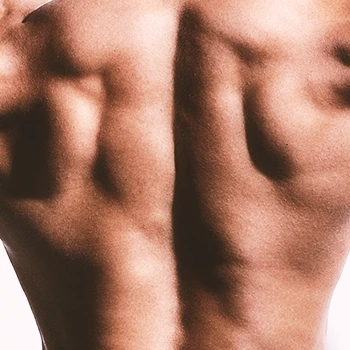
From my practice, I've seen how the thread-the-needle pose effectively stretches the middle back, upper back, neck, shoulders, and upper arms.
Its unique combination of stretching and twisting motions eases tension in areas like between the shoulder blades, which I've observed is often missed by exercises like shoulder presses or rows, making it invaluable.
That makes it one of the most efficient upper-body stretches for relieving aches and pains.
While most athletes can benefit from doing this as part of their warm-up routine, we have found that it’s also a great way for office workers to relieve some tension and pressure from constantly sitting at a desk.
Benefits Of The Thread The Needle Pose

As mentioned above, the thread-the-needle yoga pose eases pain and reduces tension in the shoulders and spine.
These are all key areas that are impacted by frequent smartphone and computer use, according to a study from the Applied Ergonomics journal [2].
Renowned yoga instructor Ashton August highlights its effectiveness, especially for relieving discomfort in areas prone to strain from poor posture.
It's also highly beneficial for sciatica and lumbar herniated disc sufferers, offering gentle stretching for pain relief and forming a key part of therapeutic regimens.
Beyond physical benefits, this exercise enhances mental relaxation and stress relief.
It can evolve into a more advanced pose, integrating core workouts and aiding in hip and shoulder flexibility (more on that later).
Practically, it's easy to do anywhere with just a yoga mat or blanket, making it a go-to exercise for my clients combating the effects of bad posture.
How To Do The Thread The Needle Pose
Basic Setup
1. Your starting point is on all fours, with your knees directly below your hips and your hands below your shoulders. Make sure that your spine is in a neutral position before you get started.
2. Lift your left hand straight up towards the ceiling and then slowly feed the arm underneath your body to the opposite side with your palm facing up.
3. Now lower your right shoulder towards the ground until your head rests on the ground.
It’s important to keep your back in a straight line to feel the full stretch.
4. Hold for 5 to 10 seconds and then switch sides to the right arm.
Advanced Setup
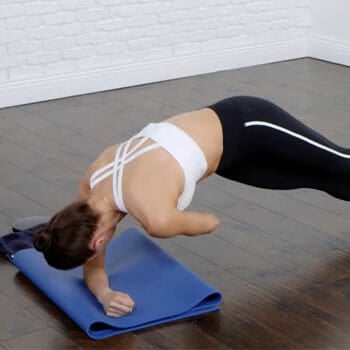
1. Start in an elbow plank position.
2. Lift your left arm off the ground and straight up to the ceiling, bringing you into a side plank position.
3. Make sure you don’t let the raised shoulder collapse.
4. From there, feed the raised arm under your body and hold for 5 seconds. You’ll notice the stretch across the back as well as tension in your core muscles.
5. Go back to the starting plank and switch to the other side with the opposite arm.
Alina Avdyukova of Peace Inside notes that while the thread-the-needle pose is a gentle twist that can help improve spinal flexibility and reduce tension, it is still important to listen to your body to avoid any discomfort while performing the pose.
References:
- https://www.spine-health.com/conditions/spine-anatomy/thoracic-spine-anatomy-and-upper-back-pain
- https://www.sciencedirect.com/science/article/abs/pii/S000368702030137X
About The Author
You May Also Like
